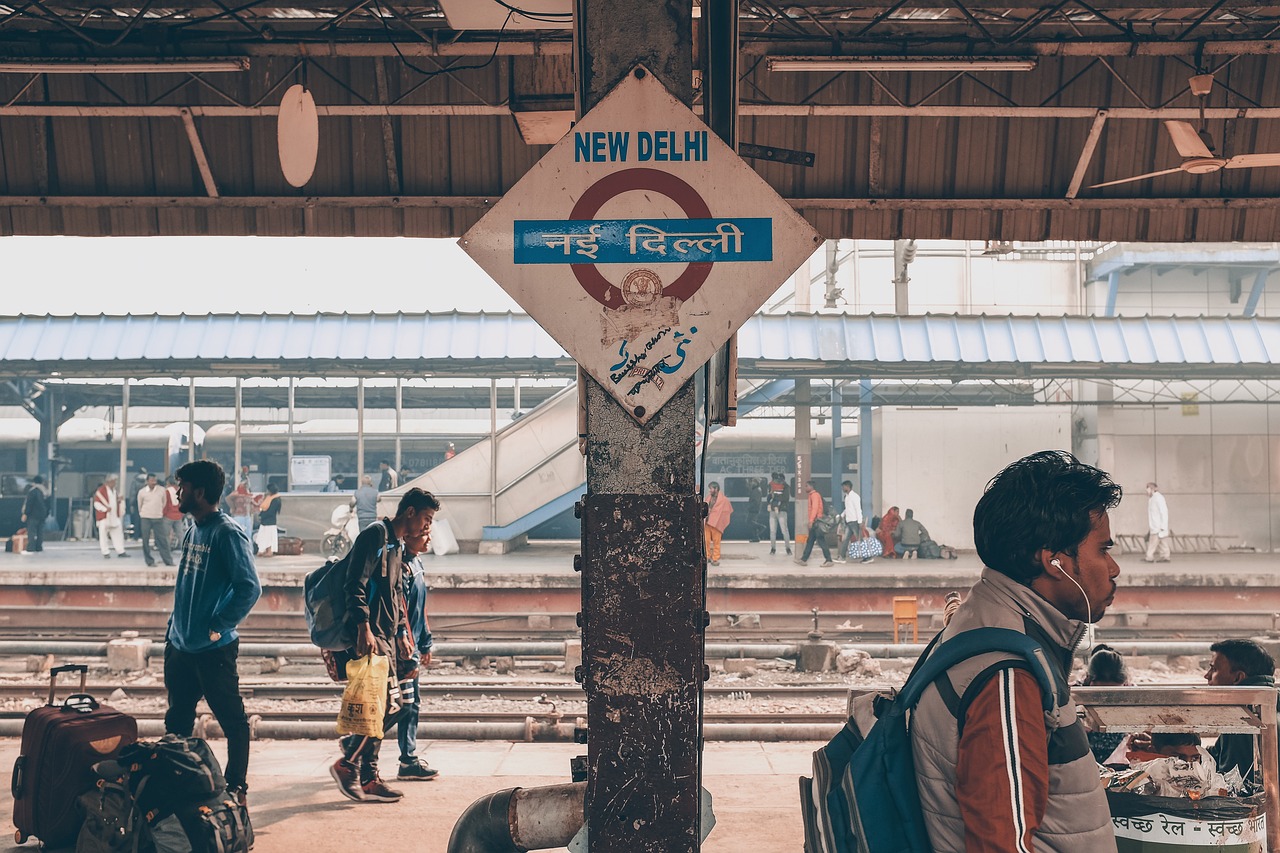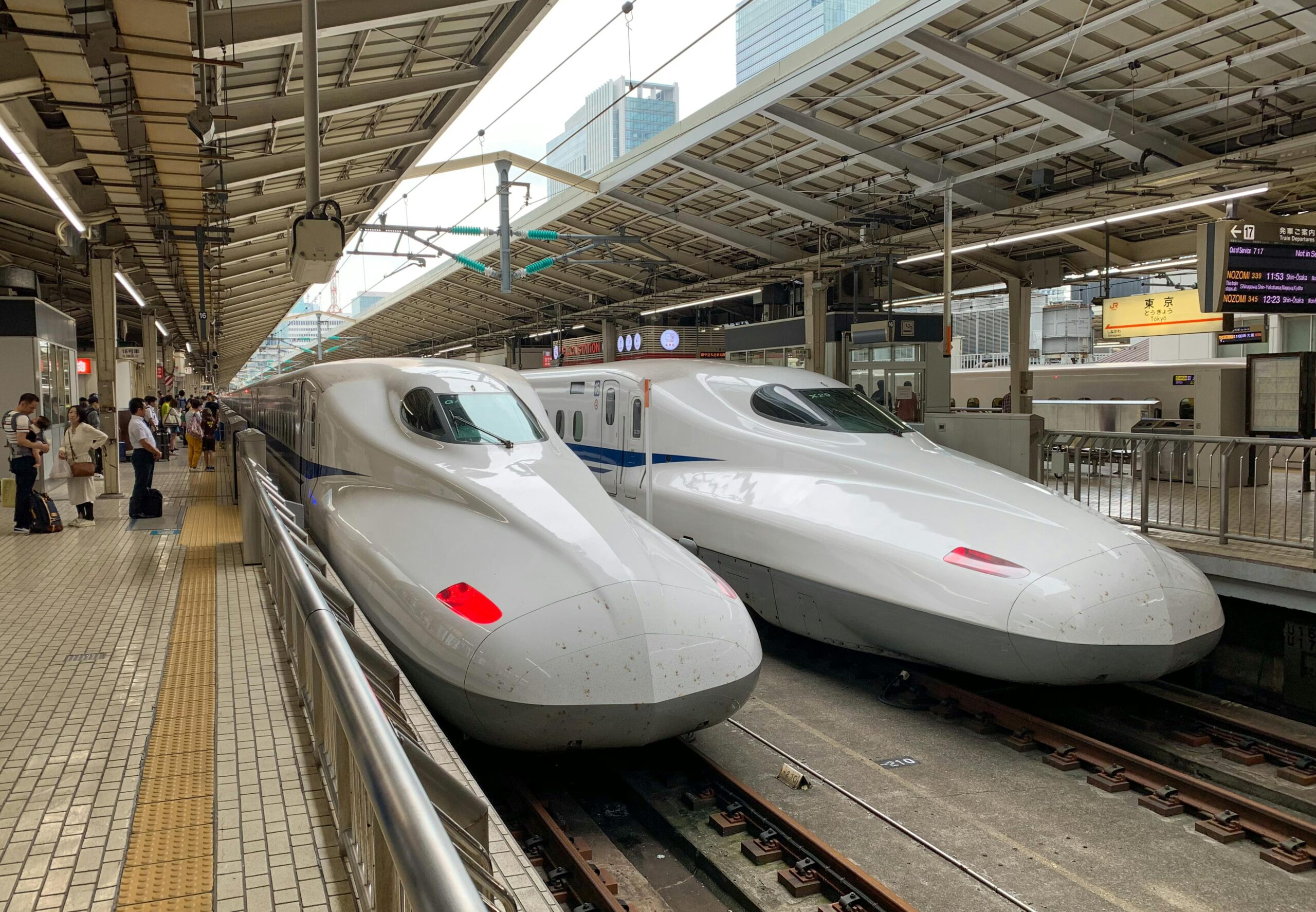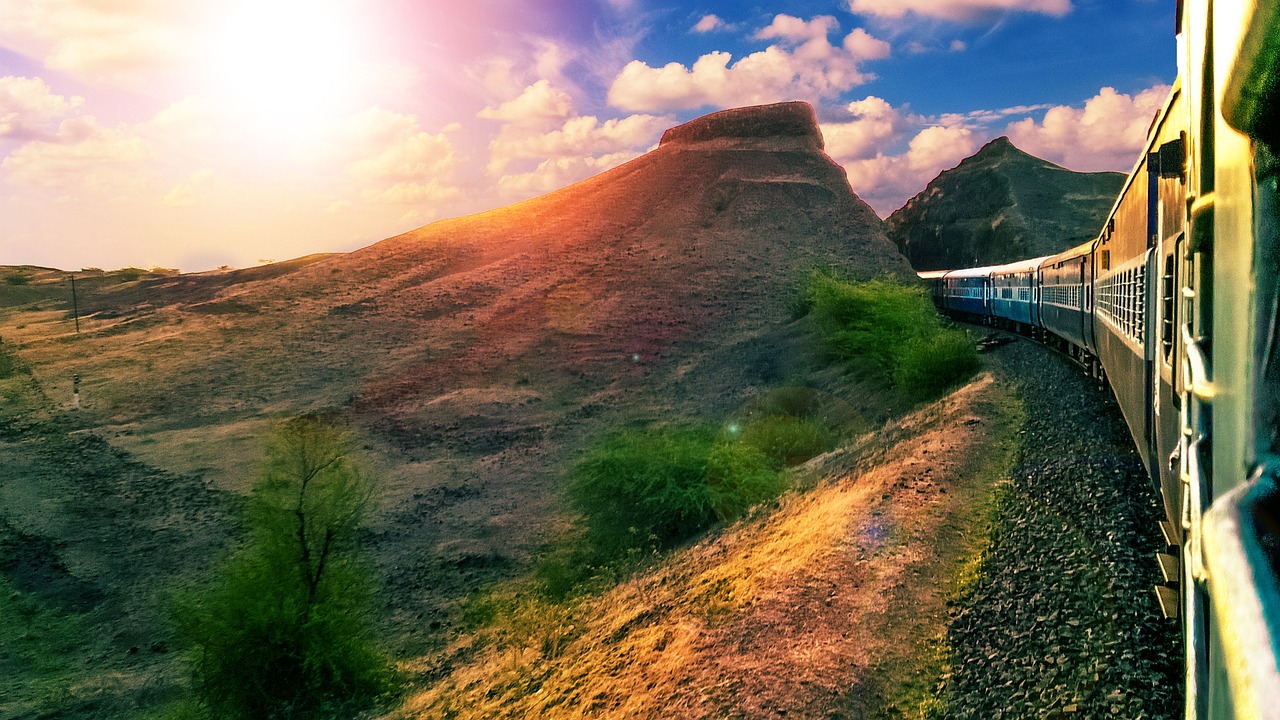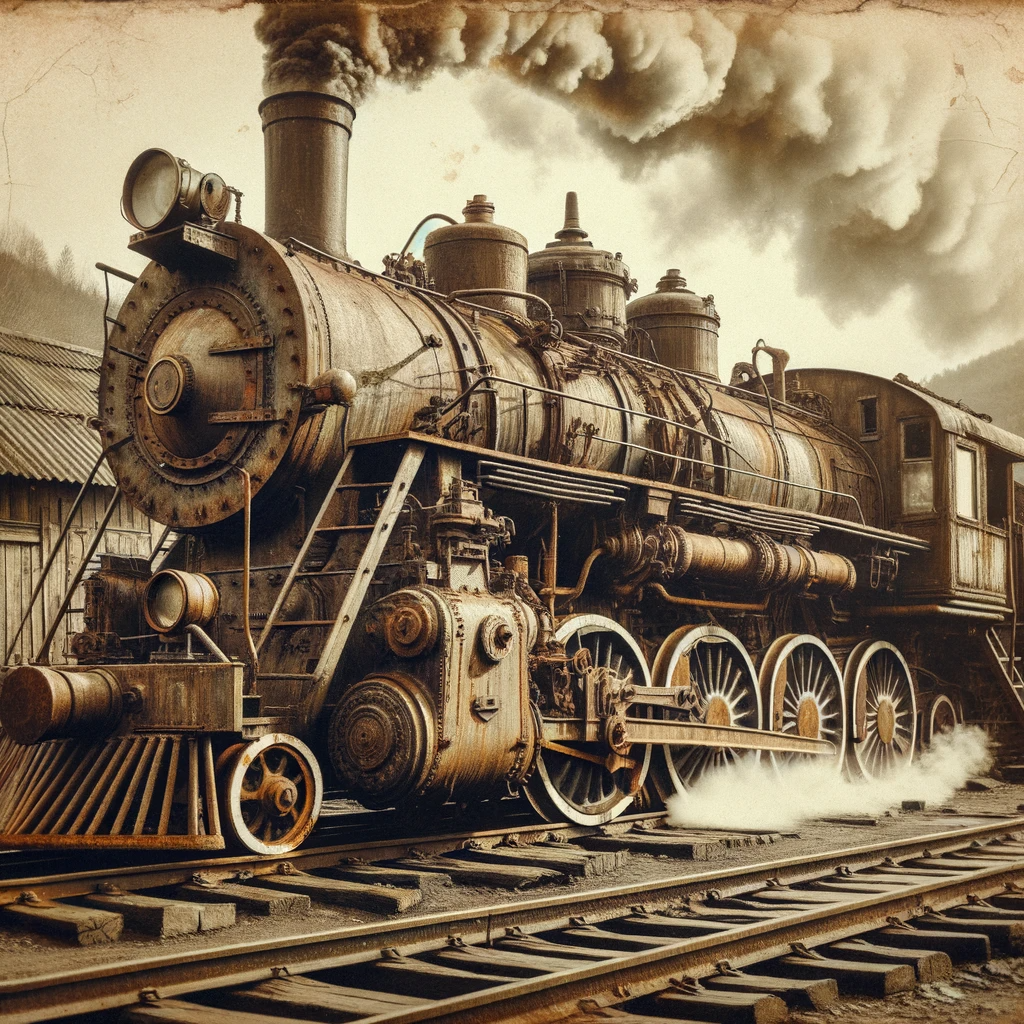Rail Infrastructure in India and Around the World: A Detailed Exploration
Transportation serves as the lifeblood of any economy, connecting people, cultures, and businesses. An integral part of this vast transportation network is the rail infrastructure. This article explores the intricate facets of rail infrastructure in India and compares it to global giants such as Japan, China, and the USA. In this comprehensive discussion, we’ll take a close look at the Indian Railways, delve into the impressive world of bullet trains, and travel virtually through Japan, China, and the USA.
Indian Railways: The Workhorse of a Nation
Established during the colonial era in the 1850s, the Indian Railways has grown exponentially into one of the world’s largest rail networks. Comprising more than 67,415 route kilometres, it serves as the backbone of India’s transportation and logistics sector. In India, railways aren’t just about transportation; they are a socio-economic phenomenon affecting every facet of daily life.
However, with increasing urbanisation and a growing economy, the existing rail infrastructure in India faces a multitude of challenges. There’s an imperative need for modernisation and expansion of rail networks, which brings us to the realm of bullet trains.
The Advent of Bullet Trains: A Leap in Transportation
Bullet trains symbolise the ultimate fusion of speed, efficiency, and cutting-edge technology. The name “bullet train” comes from the Shinkansen train network in Japan, primarily due to their shape resembling a bullet and their lightning-fast speed.
Japan, a pioneer in high-speed rail technology, introduced its first Shinkansen, or bullet train, way back in 1964. These trains, clocking speeds of up to 320 km/h, have revolutionised the concept of rail travel. They not only provide speedy transportation but also offer increased safety, regularity, and comfort to passengers.
Similarly, China has demonstrated significant progress in the high-speed rail segment. It boasts the most extensive high-speed rail network globally, with the fastest trains reaching speeds of 350 km/h on the Beijing-Shanghai line. Chinese bullet trains serve as an example of how a rapidly developing nation can transform its rail infrastructure to meet its citizens’ growing needs.
Recognising the numerous advantages of high-speed trains, the Indian government has partnered with Japan to construct its first bullet train corridor between Mumbai and Ahmedabad. This ambitious project aims to modernise Indian Railways and provide a major boost to the nation’s transportation infrastructure.
Analysing Rail Infrastructure: A Comparison Between the USA, Japan, and China
As we compare rail infrastructure worldwide, three countries stand out for their unique approaches – Japan, China, and the USA.
Japan’s rail system is a testament to the nation’s technological advancement and punctuality. Japan’s Shinkansen network is an engineering marvel, seamlessly connecting various cities through high-speed rail lines. Japan’s efficient and reliable bullet trains have been an inspiration for countries like India, seeking to revolutionise their rail infrastructure.
China, on the other hand, portrays a remarkable success story of rapid rail infrastructure development. With an extensive high-speed rail network spanning over 22,000 miles, it has achieved a remarkable feat in a short span. China’s dedication to sustainable transport and commitment to reducing carbon emissions can serve as a benchmark for Indian Railways.
In contrast to the high-speed rail networks in Japan and China, the USA paints a different picture. The American rail network focuses more on freight services than passenger transportation. High-speed rail is not as prevalent in the US, with Amtrak’s Acela Express being one of the few exceptions. Despite this, the USA’s rail infrastructure plays a crucial role in supporting its expansive and diverse economy.
The Way Forward for Rail Infrastructure in India
The Indian Railways is on the brink of a significant transformation. To meet the growing demands of a rapidly developing economy, the government has embarked on an ambitious mission to modernise and expand the nation’s rail infrastructure.
The introduction of bullet trains will not only transform the rail travel experience in India but also catalyse the nation’s economic growth. Drawing lessons from countries like Japan and China, India is poised to strike a balance between speed, safety, and sustainability in its rail transportation.
As we traverse the intricate landscapes of rail infrastructure in India and around the world, we realise that the journey is as important as the destination. From the winding tracks of Indian Railways to the high-speed bullet trains in Japan and China, and the freight trains in the USA, each country offers unique insights and lessons in shaping the future of rail transport. The coming years promise exciting advancements in rail infrastructure, driving us towards a future where distances are covered in the blink of an eye, and journeys become memories to cherish.
Image by Mikhail Mamontov from Pixabay
Get in touch with us using the email below to reach out for any inquiries, feedback, or collaboration opportunities. admin@roadsandrails.org











